Ask Ethan: Could our Universe be a hologram?
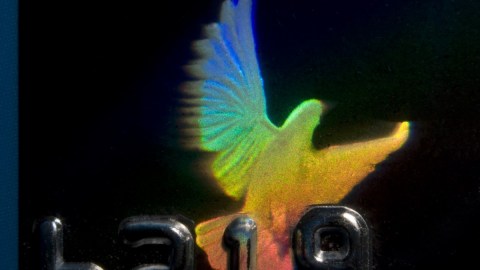
And what would that mean if it were one?
“It is in the theory of perception that we have established our bond, or the lie I should say, for which we kill. We are nothing without our image. Without our projection. Without the spiritual hologram of who we perceive ourselves to be or rather to become, in the future. When you are lonely, I will be lonely too. And this is the fame.” –Lady Gaga
Holograms are some of the most interesting “flat” objects humans can create. By encoding a fully three-dimensional set of information onto a two-dimensional surface, holograms change their appearance accordingly as you change your perspective. Well, many extensions to our current understanding of the Universe say that our three spatial dimensions may only be the three we can perceive; there may actually be more than that. Furthermore, there’s the tantalizing possibility that we may actually be that holographic projection of a higher-dimensional Universe, from a particular perspective. Reader Jim Bray wanted to know more about this, asking:
[The] Holographic Universe seems like it might explain a lot. So, assuming that the Holographic viewpoint is correct, what is the relationship between the 2D surface and the 3D manifestation? Is the common hologram at all useful in thinking about this?
We’ve all seen holograms before, but most people don’t know how they’re actually made. The science behind them is nothing short of fascinating.

Photographs are simple enough: you take light that’s emitted or reflected from an object, focus it through a lens, and record it on a flat surface. That’s not only how photography works, it’s also the science behind what your eyes see at any given instant: the lens in your eyeball focuses the light, and the rods and cones on the back of your eye record it, sending it to your brain which processes it into an image.
But by using a special emulsion and coherent (e.g., laser) light, you can instead create a map of the entire light field from an object, which is what a hologram is. The variations in density, textures, opacity and more can all be faithfully recorded. When that flat, two-dimensional map is properly illuminated, it displays the full suite of three-dimensional information that can be gleaned from your perspective, but the amazing part is that it does it for every possible perspective that you can view it from. Print it onto a metallic film, and you’ve got yourself a conventional, common hologram.
Now, our Universe as we actually perceive it has three spatial dimensions accessible to us. But what if there are fundamentally more than that? Just like a common hologram is a two-dimensional surface that encodes the full suite of information about our three-dimensional Universe, could our three-dimensional Universe encode information about a fundamentally four-or-higher-dimensional reality that we’re embedded in? It could, and there are some fun possibilities that emerge, but those possibilities also have limits to them that are important to understand.
The idea that our Universe might be a hologram came out of the conception of String Theory. String Theory grew from a proposal — the string model — to explain the strong interactions, as the insides of protons, neutrons and other baryons (and mesons) were known to have a composite structure. It gave a whole bunch of nonsensical predictions, though, that didn’t correspond to experiments, including the existence of a spin-2 particle. But people recognized if you took that energy scale way up, towards the Planck scale, the string framework could unify the known fundamental forces with gravity, and thus String Theory was born. A feature (or flaw, depending on how you look at it) of this attempt at a “holy grail” of physics is that it absolutely requires a large number of extra dimensions. So a big question then becomes how do we get our Universe, which has just three spatial dimensions, out of a theory that gives us many others? And which string theory, since there are many possible realizations of string theory, is the right one?
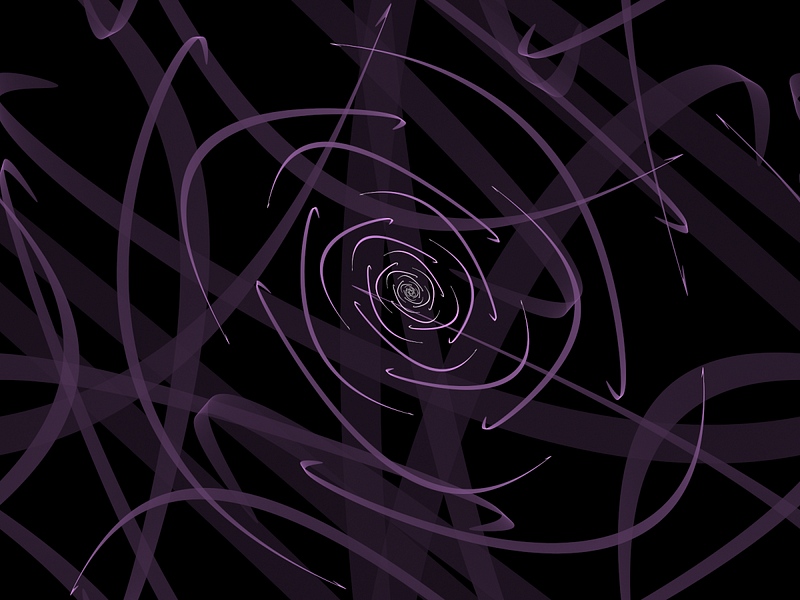
Perhaps, the realization goes, the many different string theory models and scenarios that are out there are actually all different aspects of the same fundamental theory, seen from a different point of view. In mathematics, two systems that are equivalent to one another are known as “dual,” and one surprising discovery that’s related to a hologram is that sometimes two systems that are dual to one another have different numbers of dimensions. The reason physicists get very excited about this is that in 1997, physicist Juan Maldacena proposed the AdS/CFT correspondence, which claimed that our three dimensional (plus time) Universe, with its quantum field theories describing elementary particles and their interactions, was dual to a higher-dimensional spacetime (anti-de Sitter space) that plays a role in quantum theories of gravity.
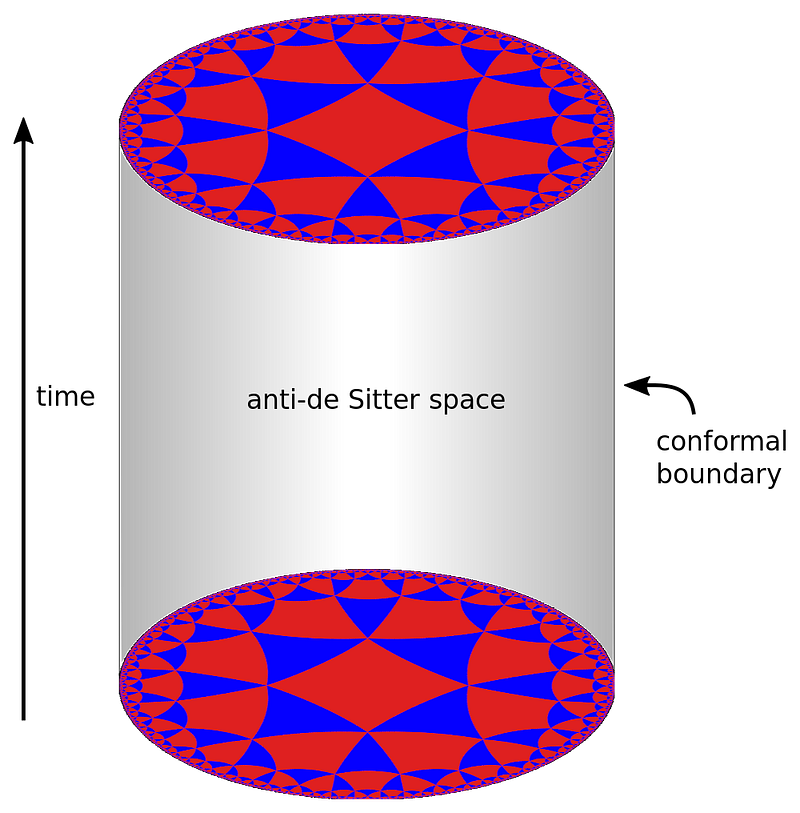
Now, so far, the only dualities we’ve ever discovered relate the properties of the higher-dimensional space to its lower-dimensional boundary: a reduction in dimension by one. It’s not yet clear whether we can go from, say, a ten-dimensional String Theory to a three-dimensional Universe like our own and have them be dual to one another. The two-dimensional holograms we can create encode only three-dimensional information; we can’t encode four-dimensional information in a two-dimensional hologram, nor can we encode our three-dimensional Universe down onto one-dimension.
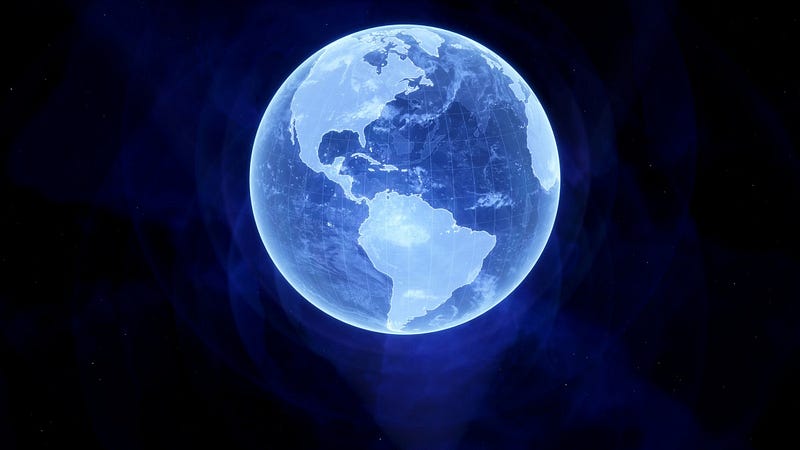
Another reason that two spaces of different dimensions being dual is interesting is the following: there’s less information available on a lower-dimensional boundary of a surface than inside the volume of the full space enclosed by the surface. So if you can measure something happening on the surface, you may learn more than one thing about what’s going on inside the volume. The configurations about what’s happening in the larger-dimensional space may be related to what’s going on at other locations, rather than independently. This might sound “unreal,” but perhaps it makes some sense if you think about quantum entanglement, and how measuring the property of one member of the entangled system instantaneously tells you information about the other. It’s possible that holography is related to this quirk of nature.
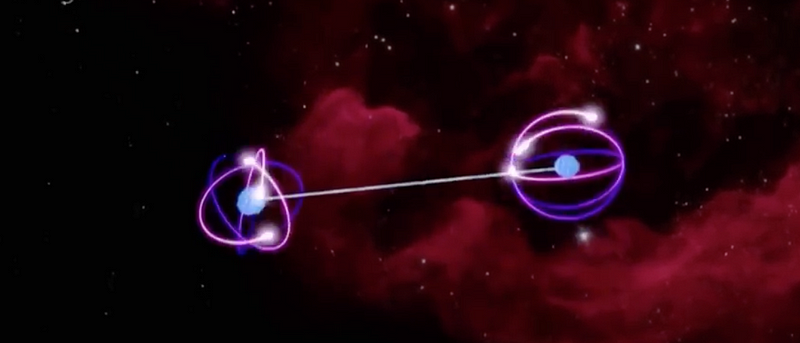
Duality is a mathematical fact, and an intriguing physical possibility. Will it eventually lead to deep insights in allowing us to better understand our own Universe? Perhaps, but so far we aren’t sure how far its applications apply, and whether it will provide the connection from gauge theory to quantum gravity that we all desire. But that’s the ultimate hope. If the Universe truly is a hologram, that’s what the greatest of implications really are!
Submit your questions and suggestions for the next Ask Ethan here!
This post first appeared at Forbes. Leave your comments on our forum, check out our first book: Beyond The Galaxy, and support our Patreon campaign!





